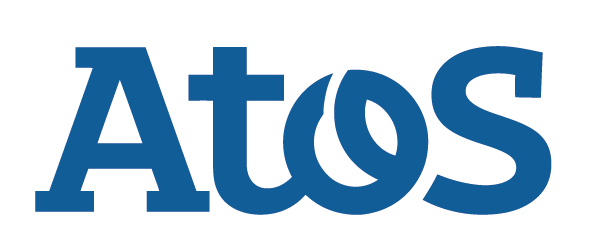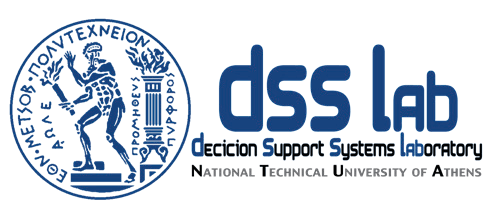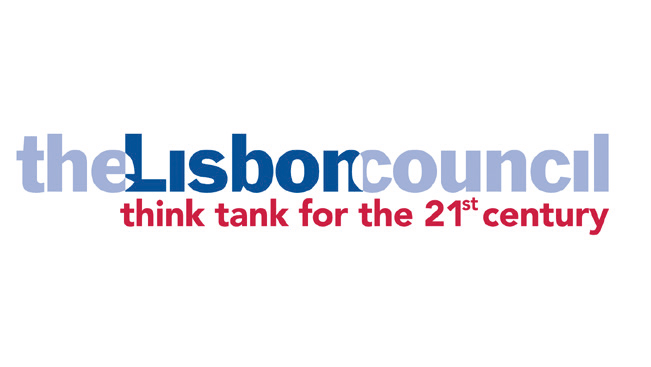Local/Municipality
Ensuring data security taking into account the protection of citizens’ privacy
<p>Concerns about insufficient security and privacy are ubiquitous when it comes to the use of new technical possibilities - especially in public management. Besides the advantages and potentials, digitisation is associated with some technical and non-technical obstacles. Data protection and information security management can help to preserve trust in government. [1]<br />
Public administrations have to guarantee citizens´ informational self-determination, protect their sensitive personal data against unwarranted access and avoid unintended consequences (for example AI bias and identity...</p>
Deeper understanding of IT potential and IT processes
<p>This need is primarily about developing and understanding of the technical processes in the administration. Technological potential has to be identified and understood, thereby reducing employees´ fears of technology and possible consequences. A basic understanding of technology in administration can help make the benefits of technology fully available.<br />
We interviewed a professor of administrative science on this point. In her opinion, administrative staff needs to get more informed about such topics and attend relevant conferences. Employees can use this information to identify...</p>
IT Consolidation in the Public Sector
The goal of IT consolidation is to simplify and modernise the IT infrastructure in order to increase IT security, data protection and IT controllability. For example, central IT service centers with a strong focus on the service aspect are being set up and modern infrastructure platforms are being shared. The IT consolidation creates a basis for successful digitization. [1][2]
Talent Management
In times of demographic change and a shortage of skilled workers, it is particularly difficult to find suitable personnel – this also applies to the public sector. Talent Management is of strategic relevance, refers to the anticipation of required human capital for an organization and aims to get “the right person in the right job at the right time”[1]. With the help of talent management, competitive advantages and long-term organisational success can be promoted.
Once Only
Until now, it has usually been the case that documents have to be submitted in every authority, i.e. it is always the same information that is passed on to the authorities. This procedure is paper-based and involves a great deal of effort.
Ambient Assisted Living
Ambient Assisted Living (AAL) can be seen as the smartification of everyday life. It consists of concepts, methods, electronic systems, products and services, which transparently assist people. Most of these systems are designed to help elderly and disabled persons mastering everyday life until old age and to support a self-determined living. Concrete examples for AAL systems are the monitoring of the state of health and automatic emergency calls. This holds the potential of increased quality of life and significant economic savings.
Nudging
Nudge or Nudging in governmental context can be seen as a concept of libertarian paternalism, which is about improving decision making. Nudging comes from the behavioural economics and the basic assumption is that people are not able to make the right decisions. Therefore, the behaviour of individuals should be influenced in a predictable way. Experts decide what is the best possible decision and try to steer the people into this direction. The people still have the option to choose an alternative, which makes this concept different to classical paternalism. [1]
Socio-Technical Systems
The pervasive use of information and communication technologies results in an increasing interdependency between social and technical systems. Socio-Technical Systems are an approach to complex organisational work design that recognises the Human-Machine-Interaction. Due to this interdependence, it is not possible to consider social systems and the technical systems independently of each other. This connection allows both subsystems to benefit from each other. [1][2]
Algorithmic Regulation
This trend deals with the use of algorithms in policy and decision making. First, there is the trend of algorithmic regulation. Algorithmic regulation means that regulatory decision making is delegated to algorithms. The algorithms give the instructions of what should be done to achieve a desired outcome. [1]
The trend of using algorithms in governance and an increasing reliance of public decision making on algorithms is sometimes also called algocracy. [2]
Smart Surveillance Systems
The term “smart” in this trend indicates, that it is not only about collecting and storing data, but about automation of data analyses. Kim et al. describe this as follows: “Smart surveillance system is mainly composed of automatic video/audio analysis. Therefore, an emerging surveillance system must consider multimedia information for monitoring activities and extracting meaningful information from the environment.”[1]




